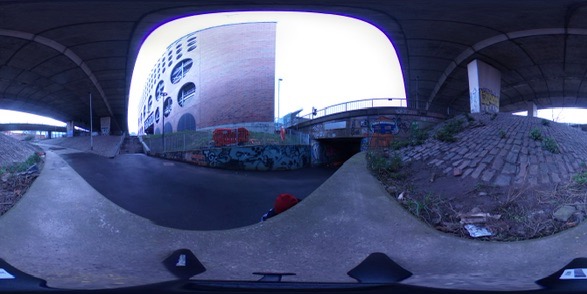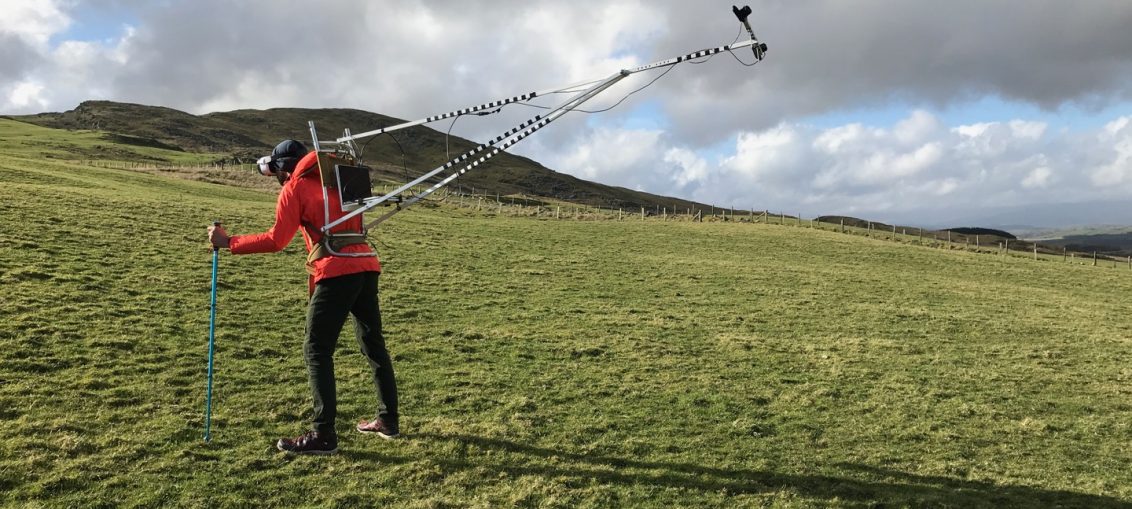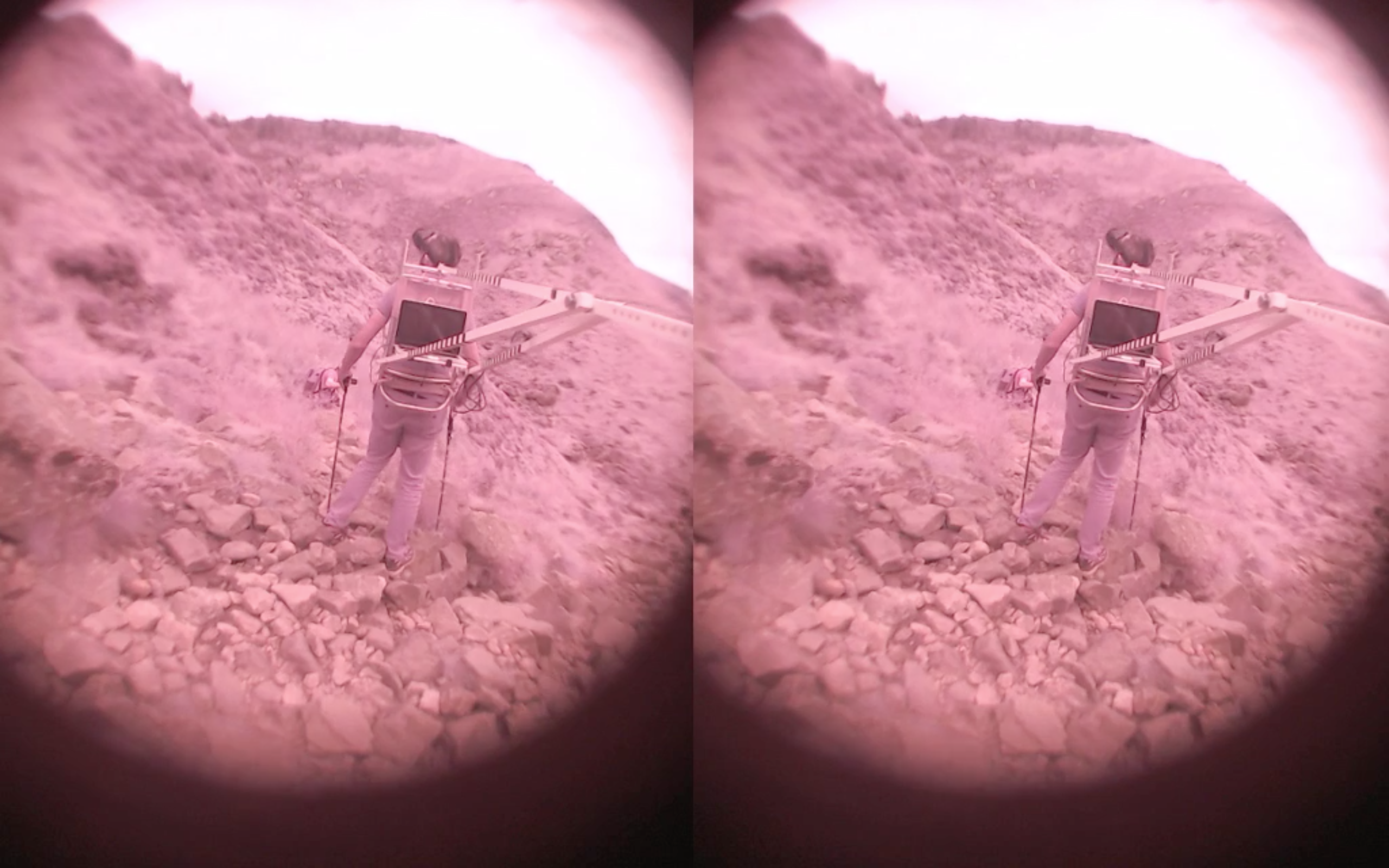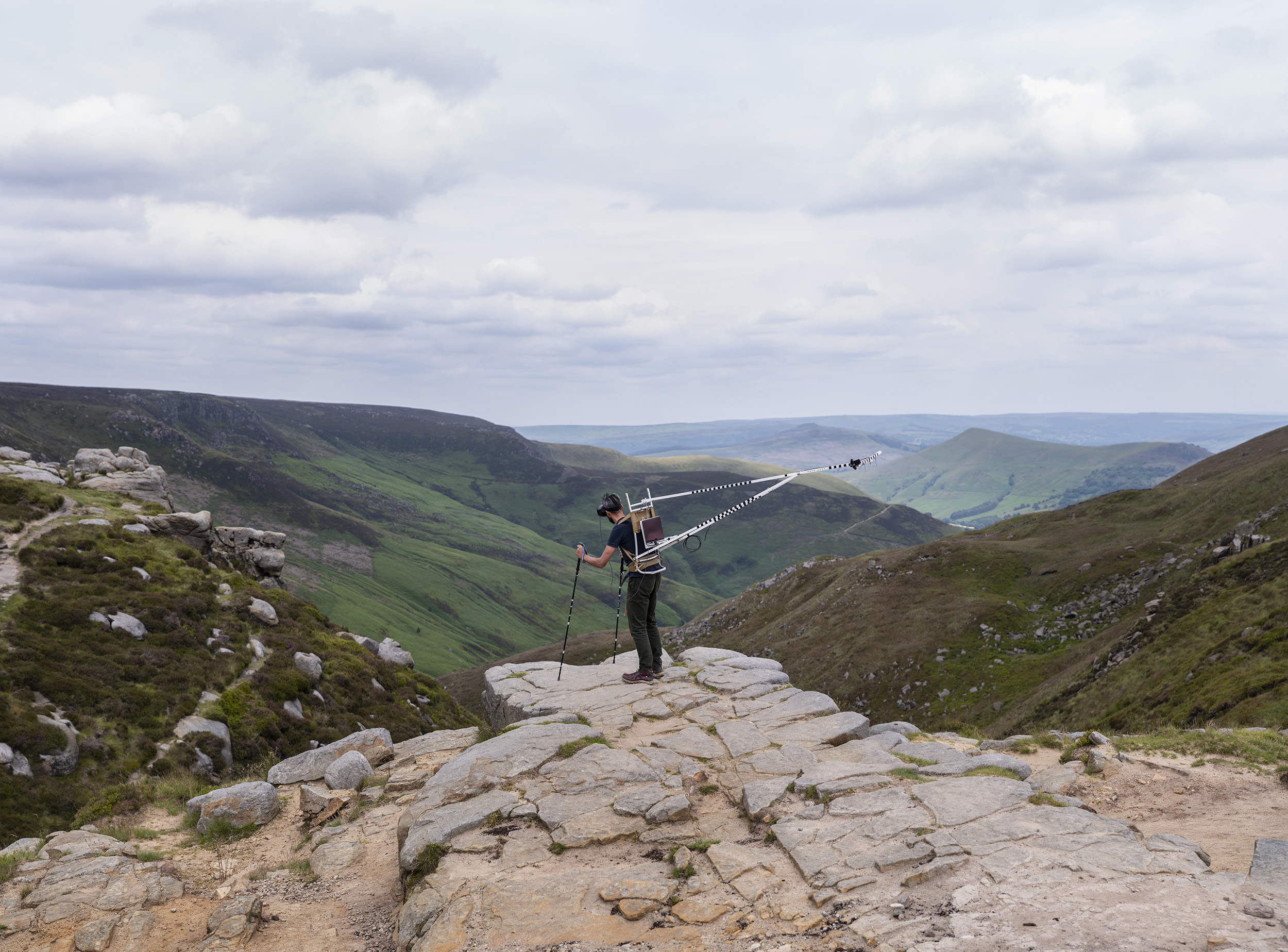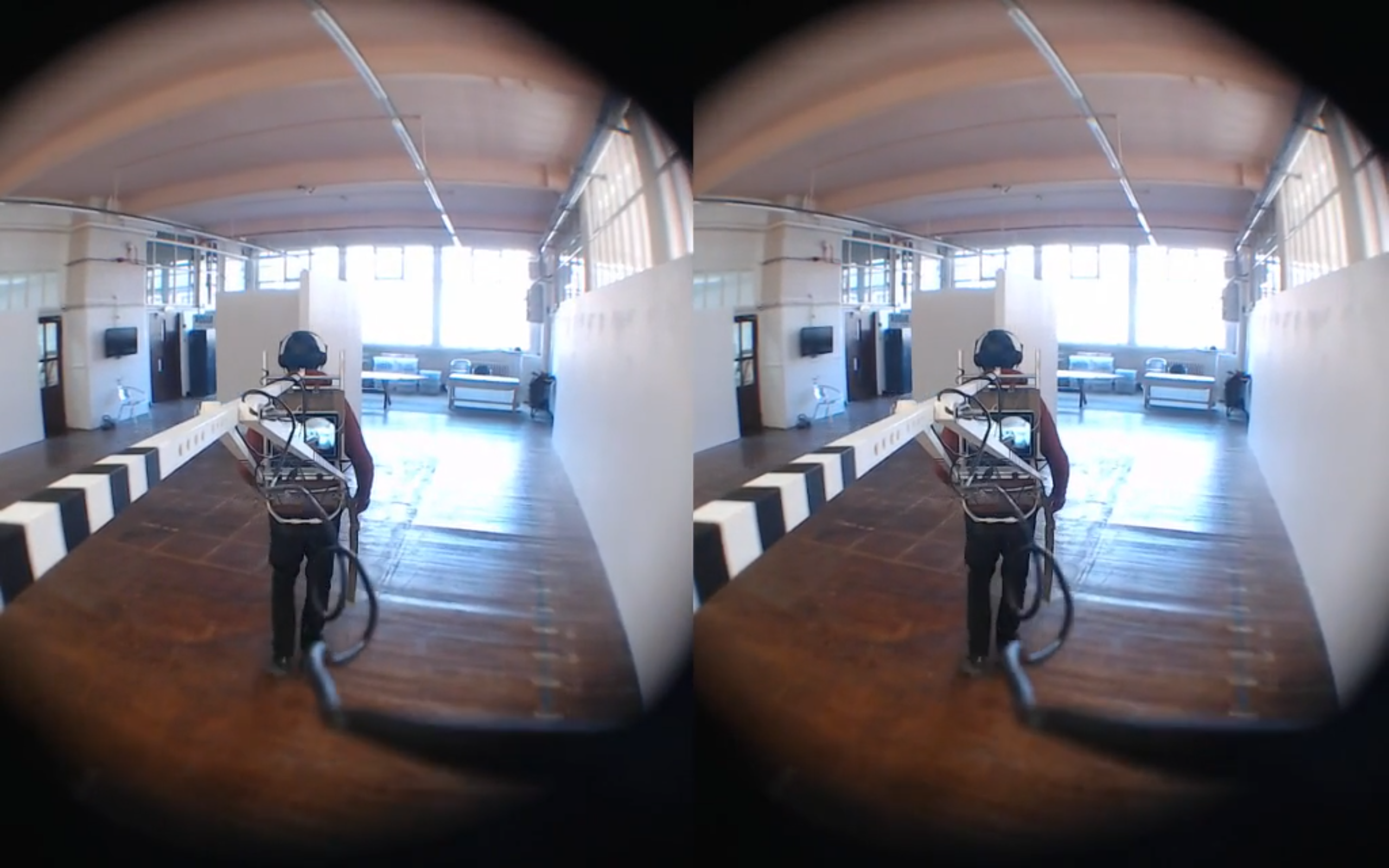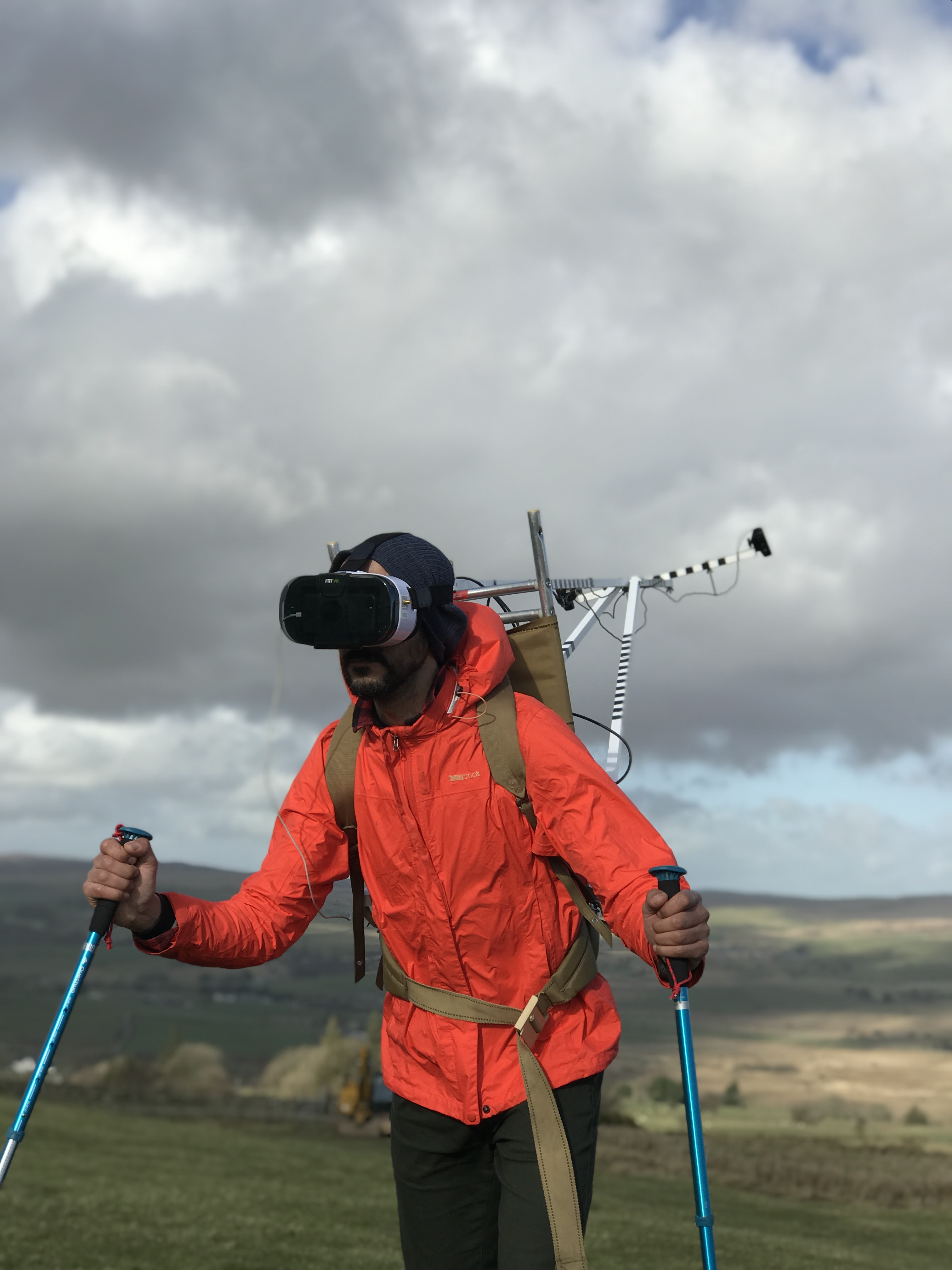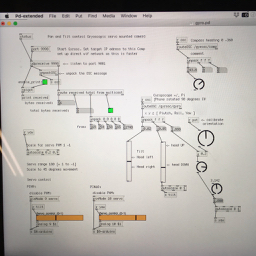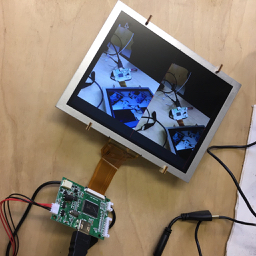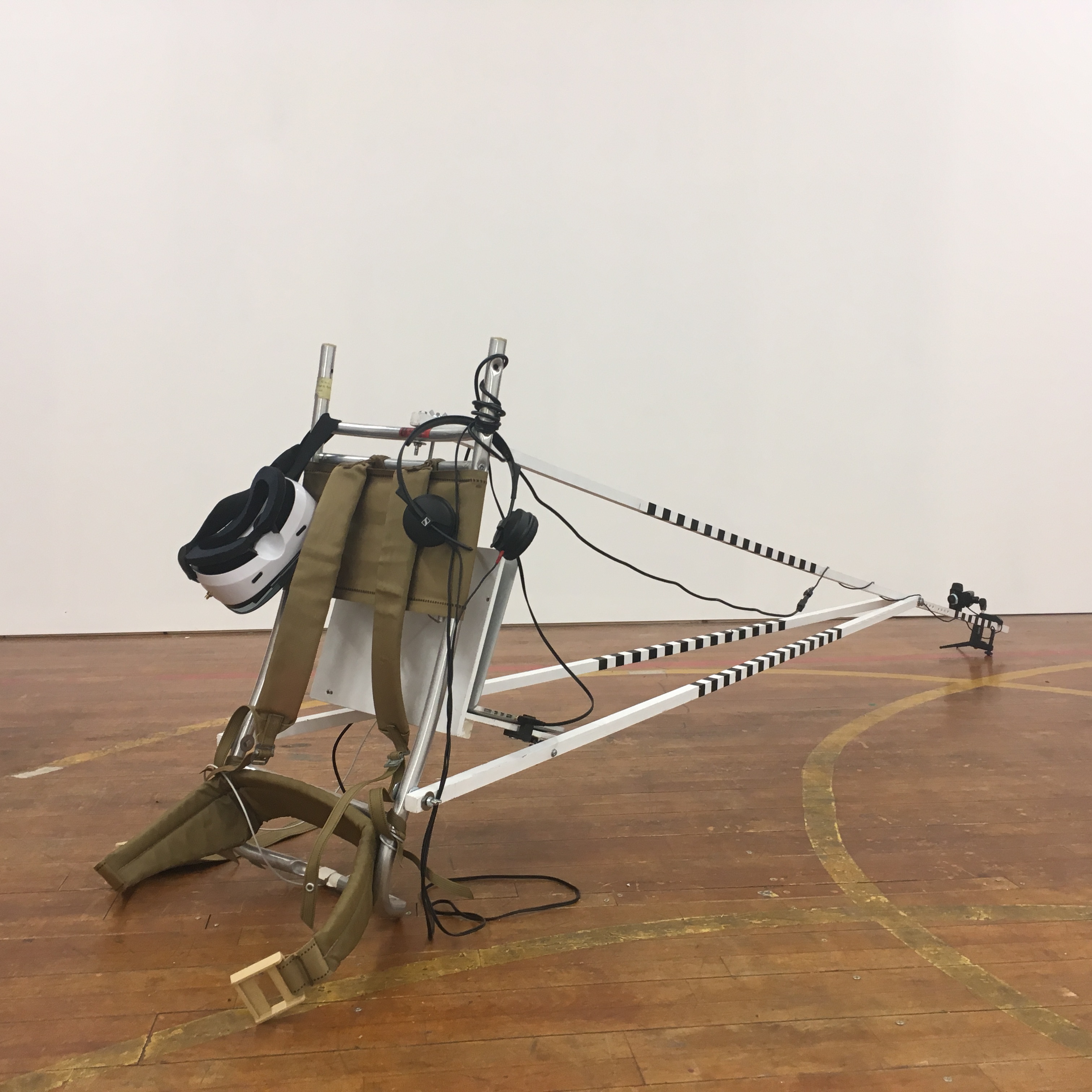Notes on basic editing of 360 footage from the Rico Theta V using iMovie from immersive experience workshop. Once your films are transferred from the Richo Theta V camera to your device in the app you have two ways to edit this footage. Firstly, using the app to do basic edits and upload directly to youtube, or importing the video to your phone or desktop and then editing it using Imovie or Premier. Here is a basic guide specifically for the Richo Theta V. Use the Theta + APP:The easiest way seems to be to use the Richo theta+ app to do basic edits. From the app., you can share directly to YouTube in 360 VR format. See Richo + tutorial here Export
Tag: autoscope
Testing the autoscope
Extracts from an experiment/performance with the Autoscope, to see if the feeling of disembodied/remote presence is amplified through taking on a challenging physical task, and to explore how this affects our perception of the landscape. Thanks to Andrew P Brooks for film and photography. "Autoscope builds on laboratory-based simulations of out of body experiences; the portable device allows the participant to freely navigate the world, experiencing themselves in 3rd person, as part of the landscape via a live video feed to a head-mounted display. The visual mechanisms are important in this illusion, but tactile and sonic stimuli further strengthen the effects. https://www.youtube.com/watch?v=yY7bs2Lih0Y&t=386s
Williams Clough ascent using Autoscope
Wanderer above the sea of fog
Notes from a day testing the Autoscope with Andrew Brooks. Here is our nod to the painting "Wanderer above the sea of fog" by Caspar David Friedrich 1818. The painting Juxtaposes 'Man' and his mastery of nature while simultaneously being a small and insignificant element of the overall landscape. The other mechanism at work is this inverted gaze; We see the back of the painted characters head, something that was quite unusual at the time. In doing this one idea is that we imagine ourselves as part of the image, putting our selves in the place of the depicted figure. It seems apt to recreate this, as one effect of the autoscope is this sensation that you have become part of the landscape and the feeling
Autoscope testing at studio
Autoscope prototype
Autoscope builds on laboratory-based simulations of out of body experiences; the portable device allows the participant to freely navigate the world, experiencing themselves in 3rd person, as part of the landscape via a live video feed to a head-mounted display. The visual mechanisms are important in this illusion, but tactile and sonic stimuli further strengthen the effects. Autoscopy can be described as the disembodied perception of seeing one own body from an elevated or distanced location outside the body. The phenomena of the ‘out of body experience’ during heightened states of heightened consciousness or near-death experience tend to have spiritual or shamanistic connotations, but in recent times science has done much to demystify this phenomenon, identifying the neural mechanisms responsible.
Accelerometer experiments
Stereoscopic camera experiments
Autoscope backpack
My alloy backpack arrived and has proved perfect for the job of supporting a laptop and a 2m long boom. As an object, It certainly has a vintage feel and a clear aesthetic reference to Roman Signer. this seems entirely appropriate, something about the strangeness of the endeavour as well as the metaphorical notions of escape and travelling through the imagination.
